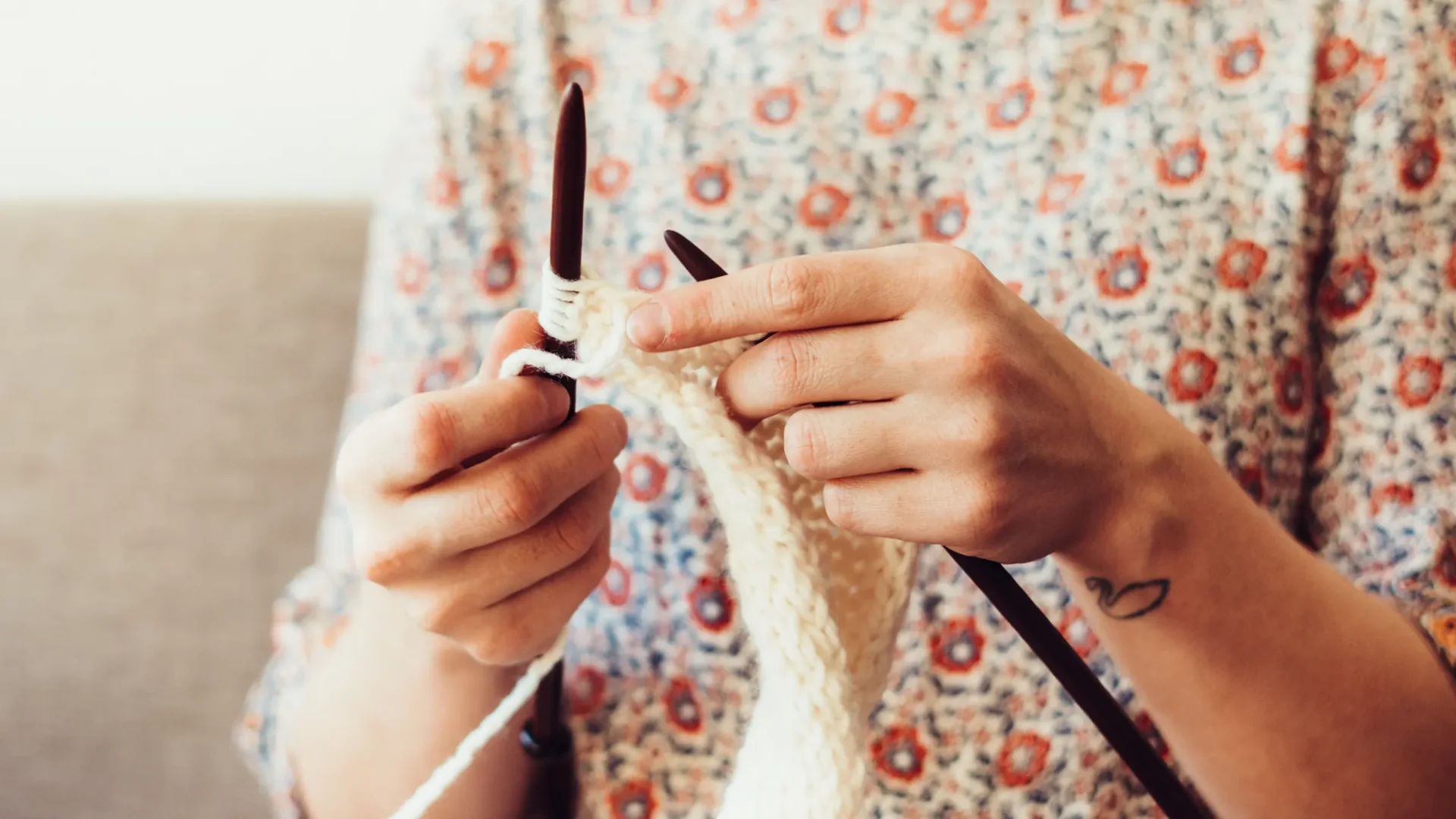Abilities
Competence or skill to complete an activity.
People use products, services, and systems to complete activities, and their abilities significantly affect the quality of their experience. Abilities encompass a range of physical, cognitive, emotional, and financial capacities that enable individuals to perform various tasks. For example, a person with small hands may struggle to pick up a shovel with a thick handle. At the same time, someone with debilitating arthritis will have difficulty using scissors unless they are designed with the condition in mind. Similarly, someone reading below the fifth grade may only understand the content on a ticket kiosk if the writing matches their reading ability. Abilities vary significantly from person to person, influencing how they interact with and benefit from different designs.
Skills are applied knowledge, or intelligence, that manifests in multiple forms, including analytical, creative, social, emotional, and practical intelligence. These intelligences reflect a person’s ability to process information, solve problems, and interact with the world around them. For instance, someone with strong analytical intelligence can excel in logical reasoning and critical thinking, while a person with high emotional intelligence can effectively manage and understand their emotions and those of others. Practical intelligence involves the ability to handle everyday tasks, such as tying a knot to secure a mattress to a car roof. If someone is asked to secure a mattress to the roof of a car with ropes but has no idea how to tie knots, they will likely feel severe frustration and fear and seek a YouTube tutorial.
Examining the variety of intelligence and abilities allows designers to uncover when products, services, and systems do not align with people’s skills and the negative experiences that often result.
People’s abilities often drive design decisions. Cooper Hewitt, Pratt Institute, and CaringKind, a nonprofit dedicated to Alzheimer’s caregiving, collaborated on projects in 2017 to assist people affected by Alzheimer’s.
Examples of Abilities
- Bilingual communication
- Advanced Excel data analysis
- Precision machining
- Creative writing
- Public speaking
- Blind user
- Skilled craftsperson
- Limited mobility
- Deaf community member
Researching Abilities
Examining people’s abilities reveals their capabilities. When designers know what people can do, designers can create outcomes whose features match those abilities.
Questions to Ask
- What is this person able to do?
- Will this person be able to do the activity I intend when they use my design, even though they may not have the ability right now?
- Would a person feel frustrated if they used my design and discovered they did not have sufficient ability?
Look For
- How competent a person is at completing an activity
- A person’s physical makeup
- A person’s mental state when using the product, service, or system
- A person’s access to financial resources
Related Concepts
- Cognitive Ability
- Financial Ability
- Physical Ability
- Skills
Sources
Social Science
Ajzen, I. (1991). The theory of planned behavior. Organizational Behavior and Human Decision Processes, 50, 179-211. doi:10.1016/0749-5978(91)90020-T
Ajzen, I. (2011). The theory of planned behaviour: Reactions and reflections. Psychology & Health, 26(9), 1113-1127. doi:10.1080/08870446.2011.613995
Ajzen, I. (2019). Theory of Planned Behavior with Background Factors. Retrieved December 12, 2019 from https://people.umass.edu/aizen/tpb.background.html
Ryan, R. M., & Deci, E. L. (2000). Self-Determination Theory and the Facilitation of Intrinsic Motivation, Social Development, and Well-Being. American Psychologist, 55(1), 68-78. doi:10.1037//0003-066X.55.1.68
Ryan, R. M., & Deci, E. L. (2004). Autonomy Is No Illusion: Self-Determination Theory and the Empirical Study of Authenticity, Awareness, and Will. In (pp. 449-479). New York, NY, US: Guilford Press.
Ryan, R. M., & Deci, E. L. (2008). Self-determination theory and the role of basic psychological needs in personality and the organization of behavior. In Handbook of personality: Theory and research, 3 (pp. 654-678).
